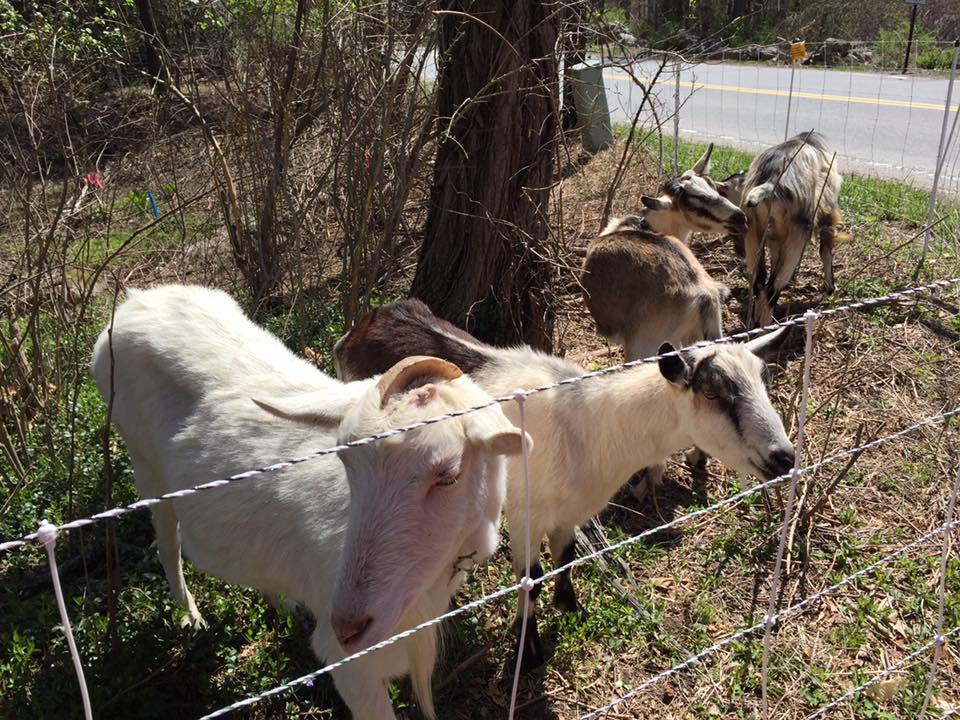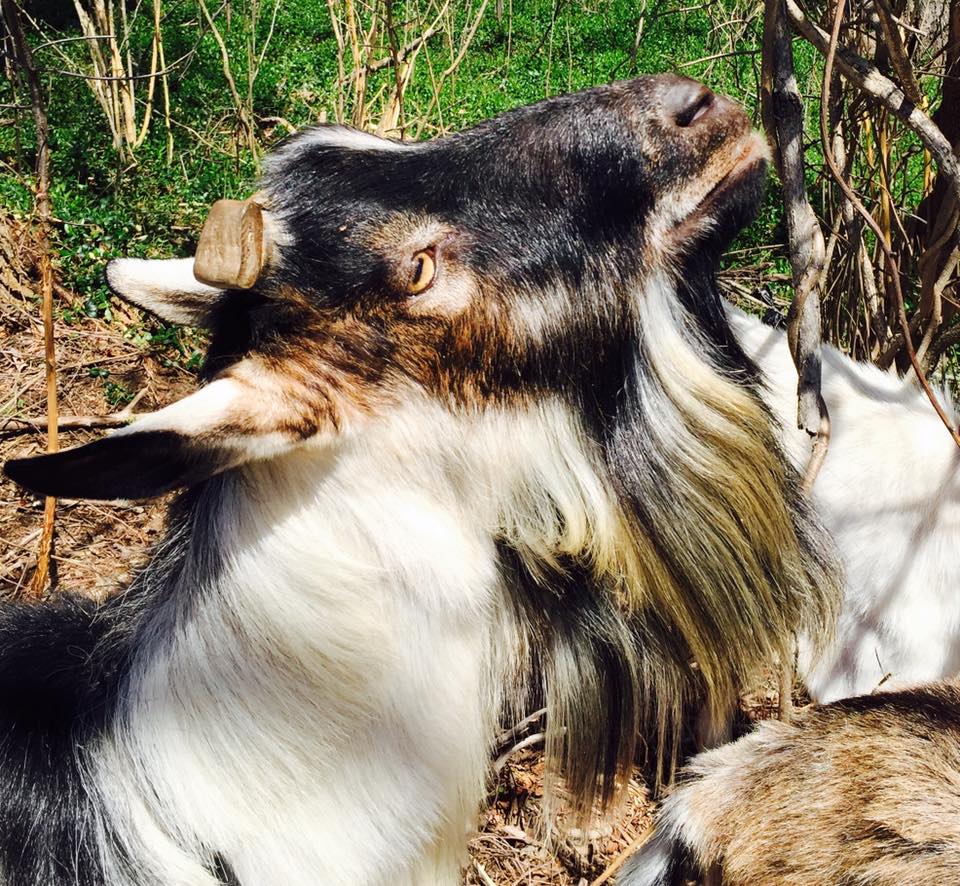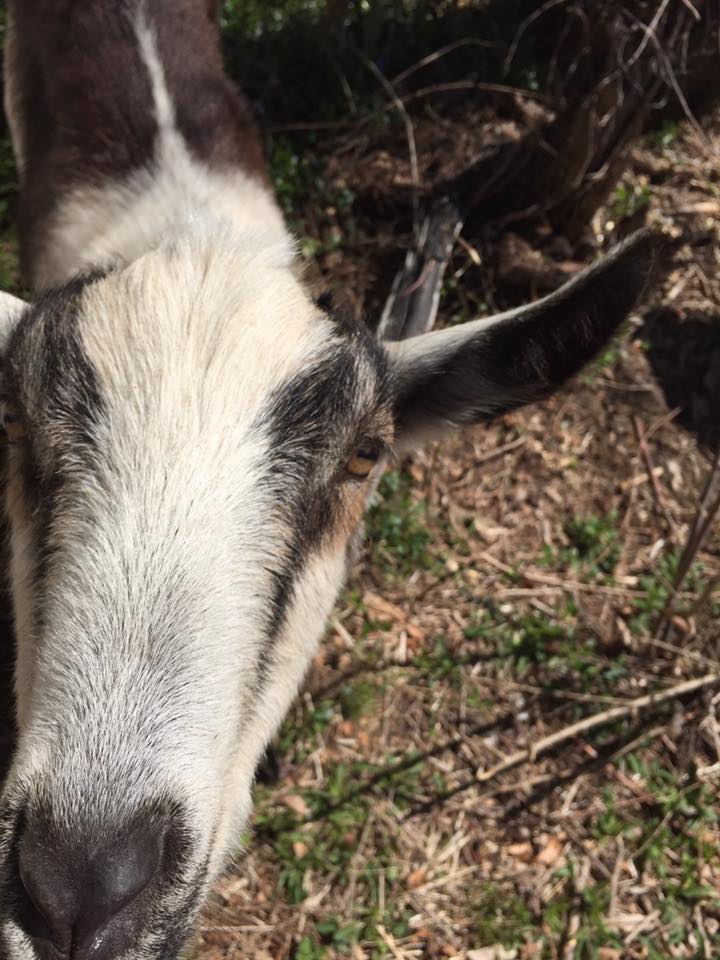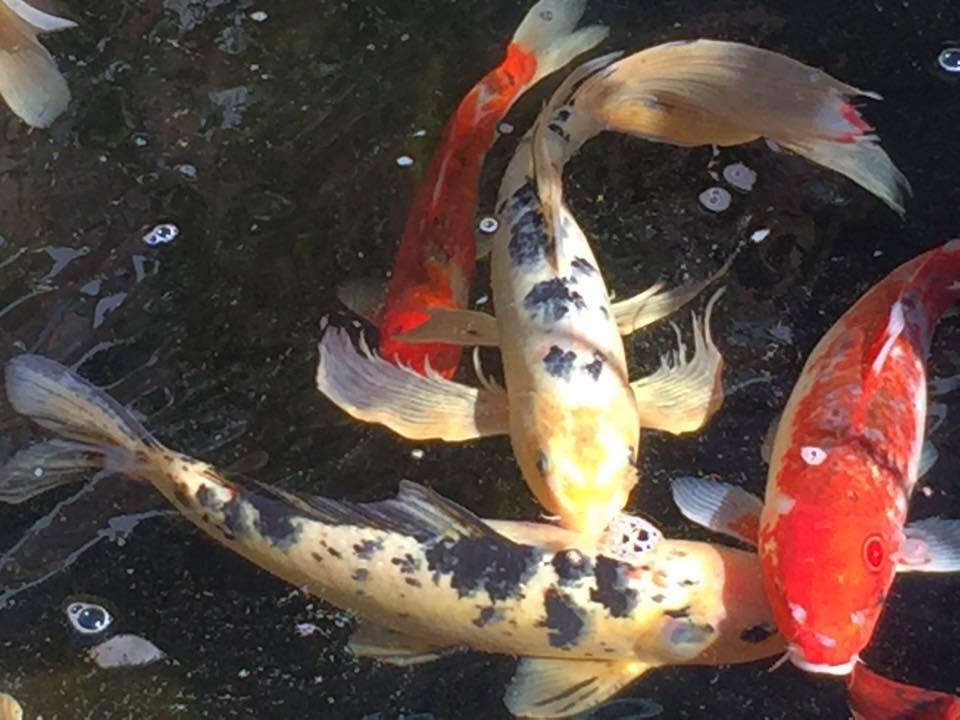
Category: Earth Education
Earth Education
Posted on by The Earth Education Company
Using a Keurig always makes me feel sad about the plastic waste. So I just don’t use it. Just bought this and it works well. Now I can recycle my clean K-cups. Check it out.
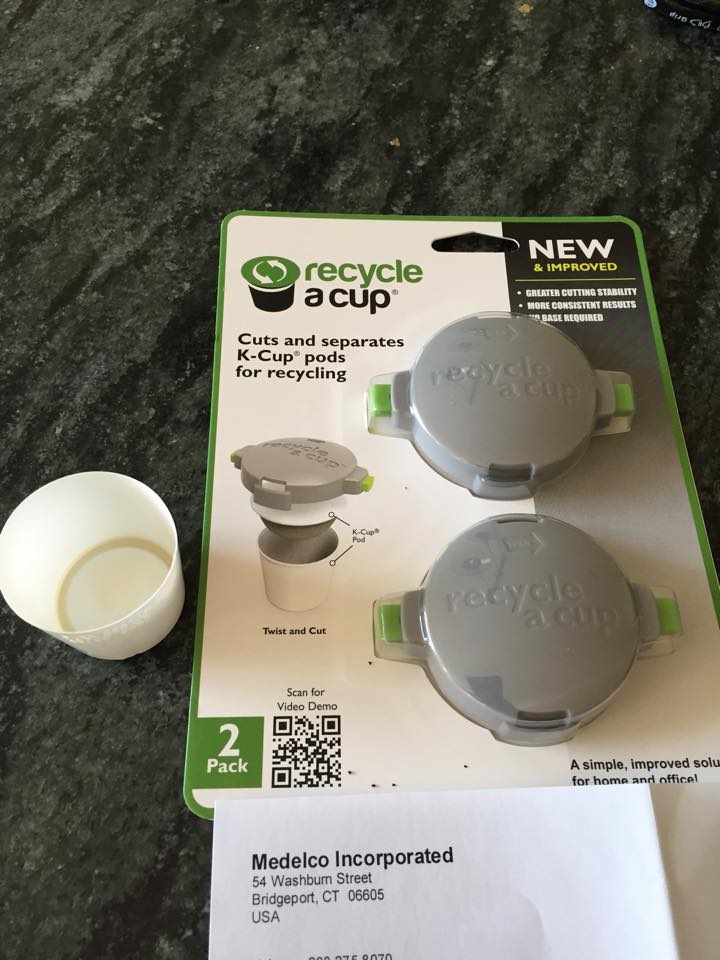
Martha’s Vinyard, here we come!
Posted on by The Earth Education Company
Ready for the weekend in Martha’s Vineyard with my amazing TEEC gardening crew to install an entire property over haul Landscape Design Plan. Grateful for the opportunity.
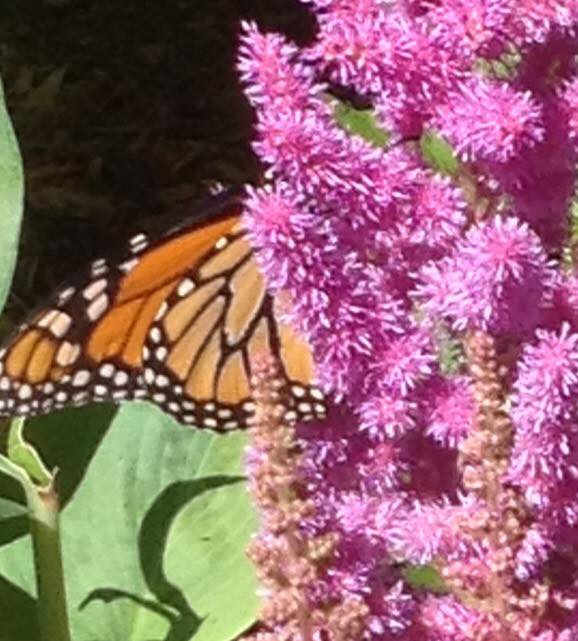
Worked hard today now at The Red Cat Oak Bluff with my crew of talented master gardeners. Love you ladies!

You’re Worrying About the Wrong Bees
Posted on by The Earth Education Company
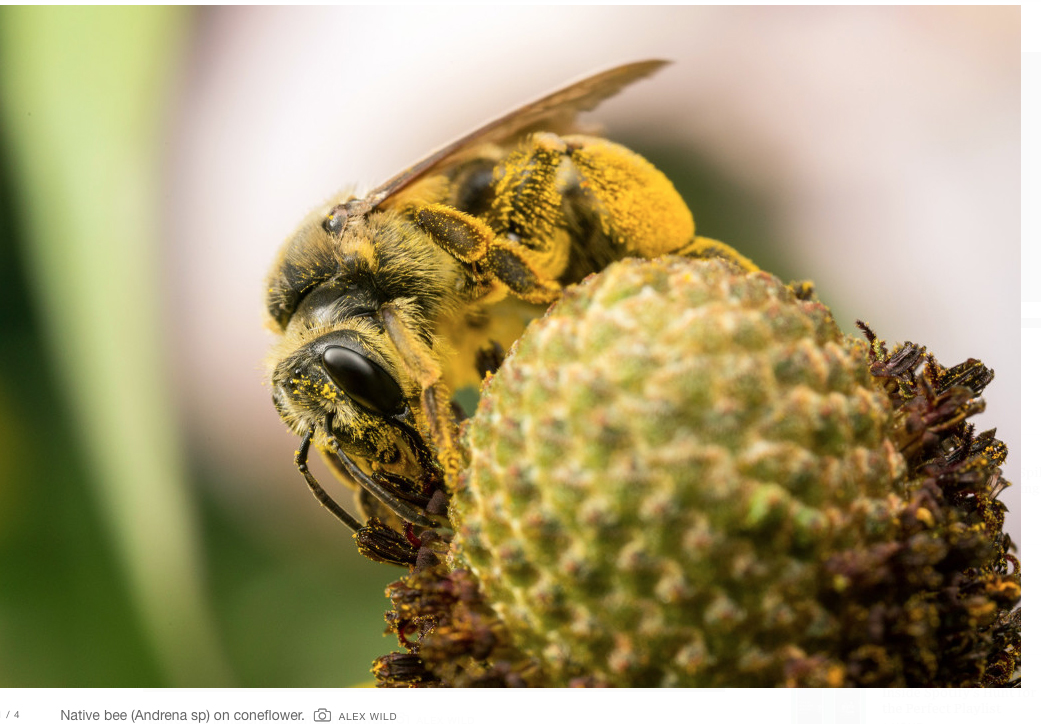
By: Gwen Pearson April 29, 2015
“Save the Bees!” is a common refrain these days, and it’s great to see people interested in the little animals critical for our food supply around the globe. But I have one quibble: you’re talking about the wrong bees.
Honey bees will be fine. They are a globally distributed, domesticated animal. Apis mellifera will not go extinct, and the species is not remotely threatened with extinction.
The bees you should be concerned about are the 3,999 other bee species living in North America, most of which are solitary, stingless, ground-nesting bees you’ve never heard of. Incredible losses in native bee diversity are already happening. 50 percent of Midwestern native bee species disappeared from their historic ranges in the last 100 years. Four of our bumblebee species declined 96 percent in the last 20 years, and three species are believed to already be extinct. A little part of me despairs when I read in a scientific paper: “This species probably should be listed under the Endangered Species Act if it still exists.”
The Bee News You Are Missing
Last week, the big bee news was a suggestion nicotine-derived pesticides can cause honey bee addiction. But you might have missed another important paper that looked at the same group of pesticides on both honey bees and native bees. This massive study paired multiple plantings of seeds coated with a neonicotinoid pesticide with seed treated only with a fungicide. This was one of the largest tests to date of how pesticides and bees interact in a real-world situation, outside a laboratory.
Seeds of all sorts are commonly treated with neonicotinoid pesticides as a preventative treatment. Neonicotinoid pesticides circulate in plant tissues, so any insect munching on the seedlings will be stopped. Unfortunately, the pesticide remains in the plants as they flower, and bees of all types may pick up the chemicals in pollen and nectar. The experimenters used a crop that is attractive to bees — oilseed rape, used to make canola oil — as their test plant.
Honey bees weren’t affected by the seed treatments. But wild bees were affected, and in a big way. Wild bee density in the treated fields was half that of the untreated fields. Bumble bee colonies grew more slowly, and produced fewer queens. Solitary bee nests disappeared from the treated fields completely.
Solitary bees are the most common type of wild bee; they don’t live in a hive. A female bee usually makes a hole in the ground or in a hollow stem, where she lays her eggs and then provisions each grub with a ball of pollen to snack on after they hatch. They are the ultimate single mothers. In this study, no mason bees (Osmia bicornis) began brood cells in the seed treated fields. None.

We don’t know why the mason bees abandoned what should have been an all-you-can-eat yellow flower buffet, but it definitely re-emphasizes the point that all bees are not the same. We can’t keep using commercial honey bees as the measure of what is toxic; while honey bees certainly have bad years, they have a whole crew of beekeepers and researchers providing support to them. But native bees are on their own; they fly solo.
This research used one of the lowest active doses of pesticide that a bee might encounter in a real agricultural field. The seed treatment is applied well before the crop is sown; but the tiny amount of pesticide that remains in the plant is enough to cause problems for female solitary bees.
After several years of intensive research on honey bees and colony collapse disorder, we know a lot about what kills honey bees. We don’t have that broad knowledge base for our native bees. We don’t even know what is a lethal dose of pesticide for many solitary bees.
The 80,000 bees in a honey bee colony create a strong buffering effect. Honey bee colonies can often take a pesticide exposure in stride. Solitary bees can’t.
Honey Bees are Kinda Slackers
The evidence is clear that many native wild pollinators are declining. That wouldn’t be a big deal, if commercial honeybees could pick up the slack. They can’t.
Managed honey bee colonies supplement the work of natural wild pollinators, not the other way around. In a study of 41 different crop systems worldwide, honeybees only increased yield in 14 percent of the crops. Who did all the pollination? Native bees and other insects.
A whole host of little blueberry bees, squash bees, and orchard bees co-evolved with many of our fruits and vegetables. It makes sense they would be good at pollination.
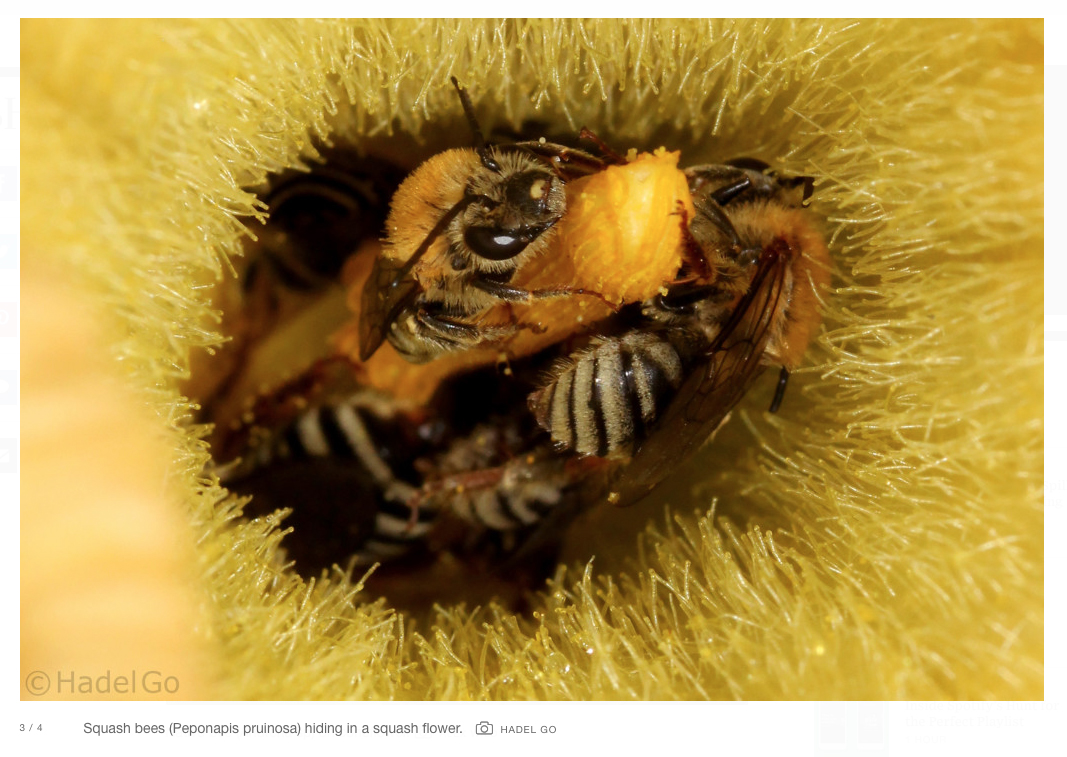
In watermelons, native bees do 90 percent of the pollination.
Native bees improve fruit production in apples. Native bee pollination creates twice as much fruit as honey bees in blueberries. In tomatoes, native bee species increase fruit production significantly.
Honey bees aren’t physically big enough to successfully pollinate tomatoes; it takes a burly bumble bee to do the job. In a lot of crops, specialist pollinators do a better job than generalist honey bees.
Ecological Homogenization
Part of the problem for our native bees is our human desire for neatness and uniformity. Pretty lawns with no bare spots. Non-flowering grass, or pollen-less flowers. Paved spots where a sand bank or brush pile may have been before. All places where a native bee might have made her home or found a snack.
We alter everything about our environment—water, light, plants, even the bacterial and fungal communities around us. Bees can’t just appear for a week, pollinate your plants, and disappear. They have to have something to eat the rest of the year, and a place to live. Habitat loss, pesticides, and decreased floral diversity all take a toll on these little animals.
Conservation often focuses on purchasing special pieces of land that haven’t been trampled or paved yet. That’s not enough. We can’t “save the bees” by conserving little bits of habitat here and there in national parks. We have to include space for them in our agricultural lands, city parks, and yards.
I asked Aimee Code, Pesticide Program Coordinator of the Xerces Society, a group focusing on conservation of native bees and insects, for her recommendations. “Our native bees, so vitally important in our ecosystems, are more sensitive to pesticides. Any person who has even a postage stamp yard can stop using pesticides, put in more native plants, …and leave some wild areas for bees to to nest in the ground. It is that easy to help make a difference.”
Humans and Bees Can Live Together
For a great example of how native bees and humans can live together in an urban setting, check out this Portland, Oregon school. They have adopted solitary mining bees as their mascots, the Tickle Bees. It didn’t take massive landscaping to make this change; it just took a willingness to share and let things be slightly untidy.
Right inside your lawn, there are wonders. Stop and look.
See original article here. "You're Worries About the Wrong Bees"
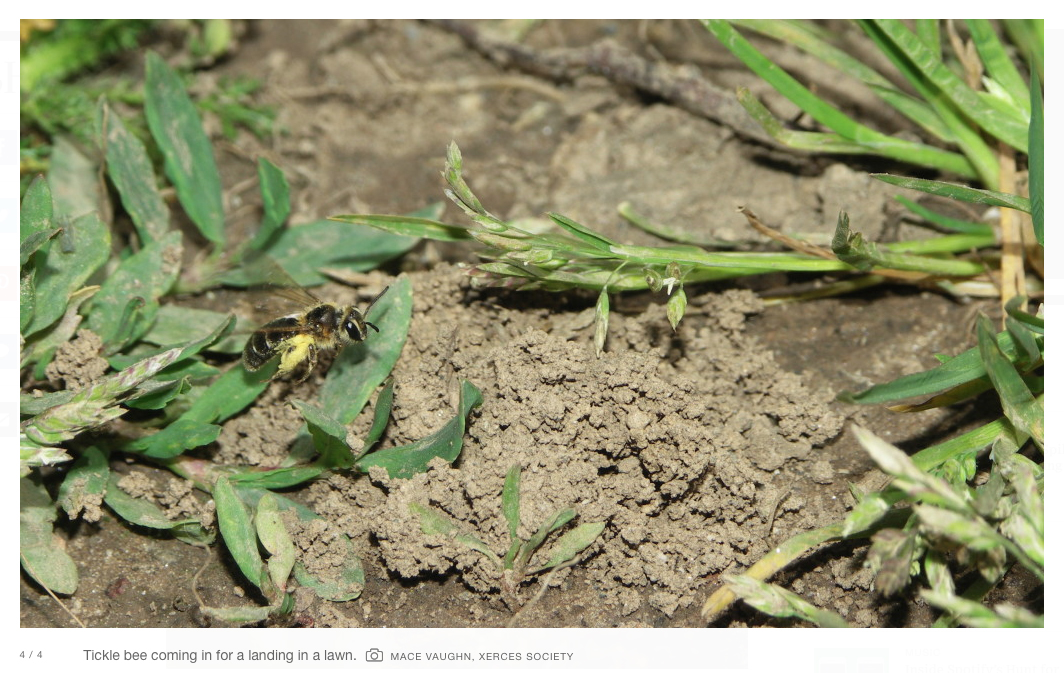
6 Simple Ways You Can #BuildtheBuzz For Pollinator Week
Posted on by The Earth Education Company
Thank you to Callie Spaide of Takepart for this article!
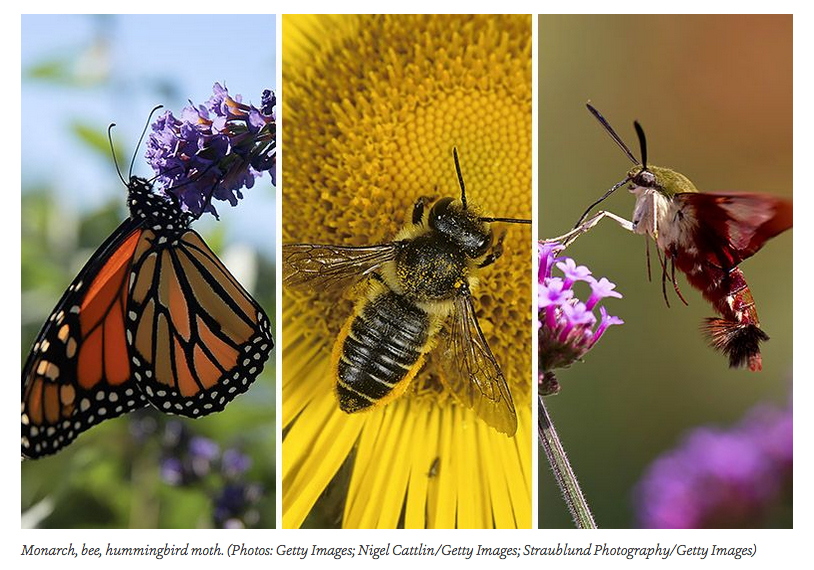
It’s National Pollinator Week and what better way to honor bees, butterflies and other pollinators than protecting them from deadly pesticides and insecticides? Below are 6 simple ways you can do your part, from urging the White House Pollinator Task Force to take swift action on pollinator-toxic neonicotinoid pesticides to joining the #BuildtheBuzz twitter chat on Wednesday June 17 at 5pm PST.
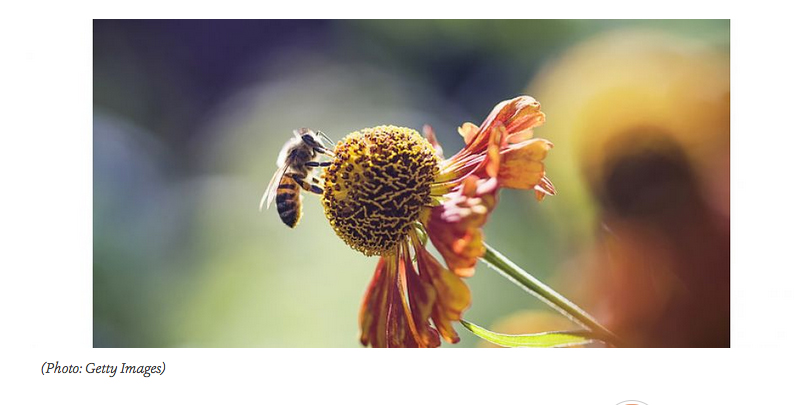
Tell the White House Task Force that We Can Do Better on Pollinator Protection
The White House Pollinator Task Force just released an ambitious new strategy calling to reduce honeybee colony losses to no more than 15% in 10 years and increasing the number of monarch butterflies to 225 million by 2020. Unfortunately, the policy fails to address suspending the use of neonics for seed coatings, one of the leading causes of massive bee and butterfly declines in recent years. Tell the White House Task Force that in order to protect proactive, they need a proactive plan that tackles neonics head-on.
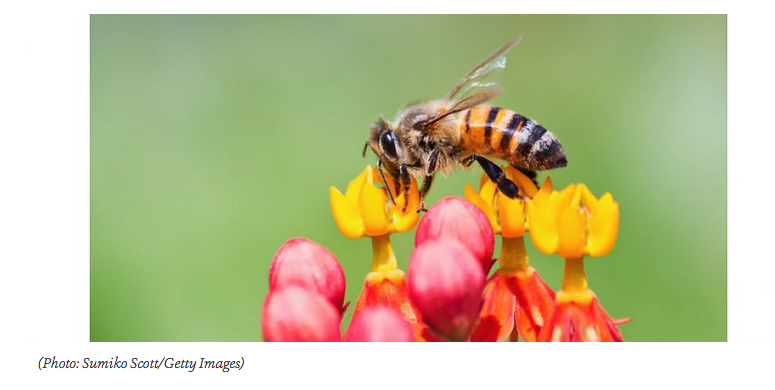
Tell Congress to Support the Saving America’s Pollinator’s Act
The United States’ is lagging behind when it comes to pollinator protections: in 2013, the European Union began a 2-year moratorium on the sale of the three deadliest neonics. That can be remedied by the Saving America's Pollinators Act (HR. 1284), which would suspend the use of dangerous neonics within the US. Stand with Pesticide Action Network, Center for Food Safety and Beyond Pesticides in writing your representative to support this legislation.
Protect Monarchs under the Endangered Species Act
Monarch populations have declined by 90% in the last 20 years and will continue to drop without stronger regulations of herbicides on milkweek, the monarch’s main source of food and breeding habitat. Stand with SierraRise and urge Dan Ashe, Director U.S. Fish & Wildlife Service, to add these beautiful creatures to the endangered species list before it’s too late!
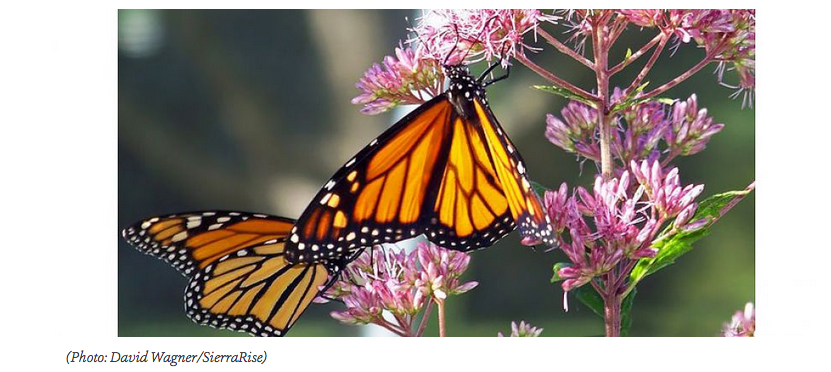
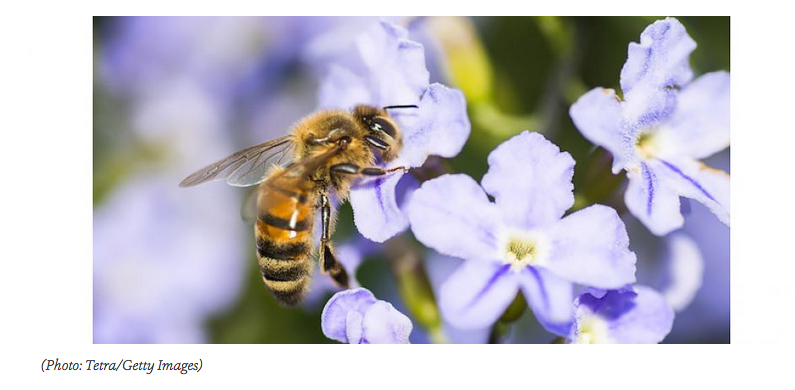
Share Your Efforts to #SaveOurBees!
Are you a backyard beekeeper? Or maybe you’ve created a pollinator-haven in your garden? Tell us what you’re doing in your daily life to protect bees below and inspire others to do the same!
EPA Must Get Serious About Protecting Bees From Toxic Pesticides
Even though the EPA has acknowledged that neonics are a contributing factor in mass bee die-offs and no longer approve any new neonic products, they’re unwilling to pull these toxins from the market. Join Beyond Pesticides in urging the EPA to suspend the use of neonics.
For original article and to Take Action go to "6 Simple Ways You Can #BuildtheBuzz For Pollinator Week"
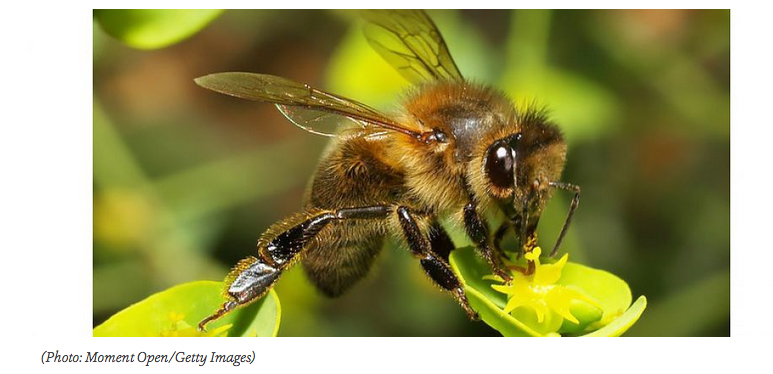
Save the Bees!
Posted on by The Earth Education Company

READ MORE about the bees!
The 10 Most Toxic Fruits and Vegetables
Posted on by The Earth Education Company
Saving a buck by buying nonorganic produce can cost you your health
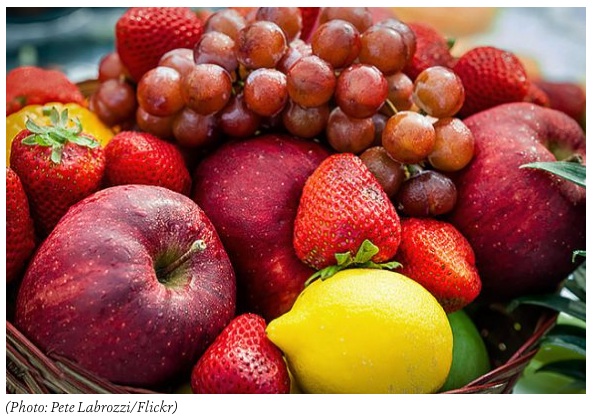
When trying to keep the grocery bill down, organic produce can seem like an indulgence you just can’t afford.
Melanie Haiken's article on takepart.com is a clear guide to making smart food choices. We have reprinted the article here:
It's true—in most cases, you pay more for fruits and vegetables raised with the extra care it takes to protect plants without chemicals. But what are you really bringing home with those savings? Chemicals known or suspected of causing cancer, harming the brain, and interfering with growth and development—not to mention killing off bee colonies that pollinate the plants in the first place.
Parents in particular should be concerned about pesticides, experts say, because they have a more potent effect on children. In the American Academy of Pediatrics’ groundbreaking statement on pesticide exposure in children, the organization warned parents of links to higher levels of childhood cancer, learning disabilities, and behavior problems.
Those health problems can begin before children are even born. Stephen Rauch of British Columbia Children's Hospital studied 300 mothers exposed to organophosphate pesticides during pregnancy and found their babies were born earlier and at lower birth weights than comparable children.
When it comes to pesticides, fungicides, and other chemicals, all crops are by no means equal. Here are the 10 nonorganic fruits and veggies that top the Environmental Working Group's 2014 list of worst offenders.
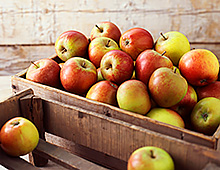
1. Apples
This lunch bag favorite tops the EWG’s list because of the chemical diphenylamine, which growers use to coat apples and prevent the skins from darkening from “storage scald” while in cold storage. According to USDA tests, 80 percent of the apples sampled tested positive for DPA. The European Union banned DPA in 2012 because of the risk that the chemical could combine with nitrogen to produce nitrosamines, which are known to be serious carcinogens. This spring the European Commission restricted DPA on imported fruit to 0.1 part per million; the average concentration of DPA on American apples is four times that. (Apple juice, applesauce, and some pears also tested positive for DPA.)
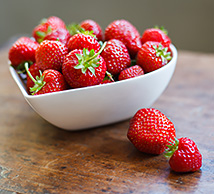
2. Strawberries
To keep these low-lying berries pest- and disease-free, growers use fumigants, most commonly methyl bromide, chloropicrin, and Telone (1,3-D). All of these have been linked to developmental issues, cancer, and hormone disruption in children, according to the Pesticide Action Network North America. Even worse is the fumigant methyl iodide, which the EPA banned in 2012 but can still be used while farmers’ stocks last.

3. Grapes
Would you believe that a single grape tested positive for 15 pesticides? Perhaps the most serious is chlorpyrifos, an insecticide known to sicken farmworkers and others living or working close to fields. Immediate exposure to chlorpyrifos causes coughing, shortness of breath, headache, nausea, dizziness, and disorientation. Studies have shown that long-term exposure is toxic to the brain, particularly affecting brain development in children. (Chlorpyrifos is also commonly sprayed on citrus fruit and nuts.) Two weeks ago, the National Resources Defense Council and PANNA sued the EPA in an attempt to ban the use of chlorpyrifos.

4. Celery
This seemingly innocuous vegetable tests high in dicloran and acephate, both possible carcinogens, along with a laundry list of other pesticides and fungicides.
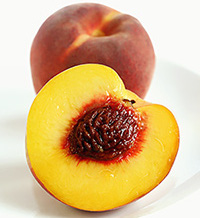
5. Peaches and Nectarines
If you've ever seen a backyard peach tree, you've probably seen peach leaf curl, brown rot, or one of the many other diseases and pests that afflict these trees. Hence the high number of pesticides and fungicides needed to get a high yield of stone fruit to market in unblemished condition. USDA data show that 96 percent of all peaches and 100 percent of imported nectarines test positive for pesticide residue.
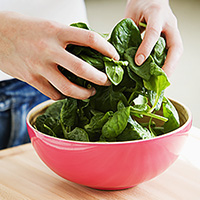
6. Spinach
Among the pesticides used on spinach (and lettuce) are acetamiprid and imidacloprid, two pesticides from the family known as neonicotinoids that are known neurotoxins. Also commonly used on celery, grapes, apples, spinach, lettuce, and most cruciferous vegetables (such as cauliflower, cabbage, and broccoli), neonicotinoids are now restricted in Europe because of their effect on brain development in children.
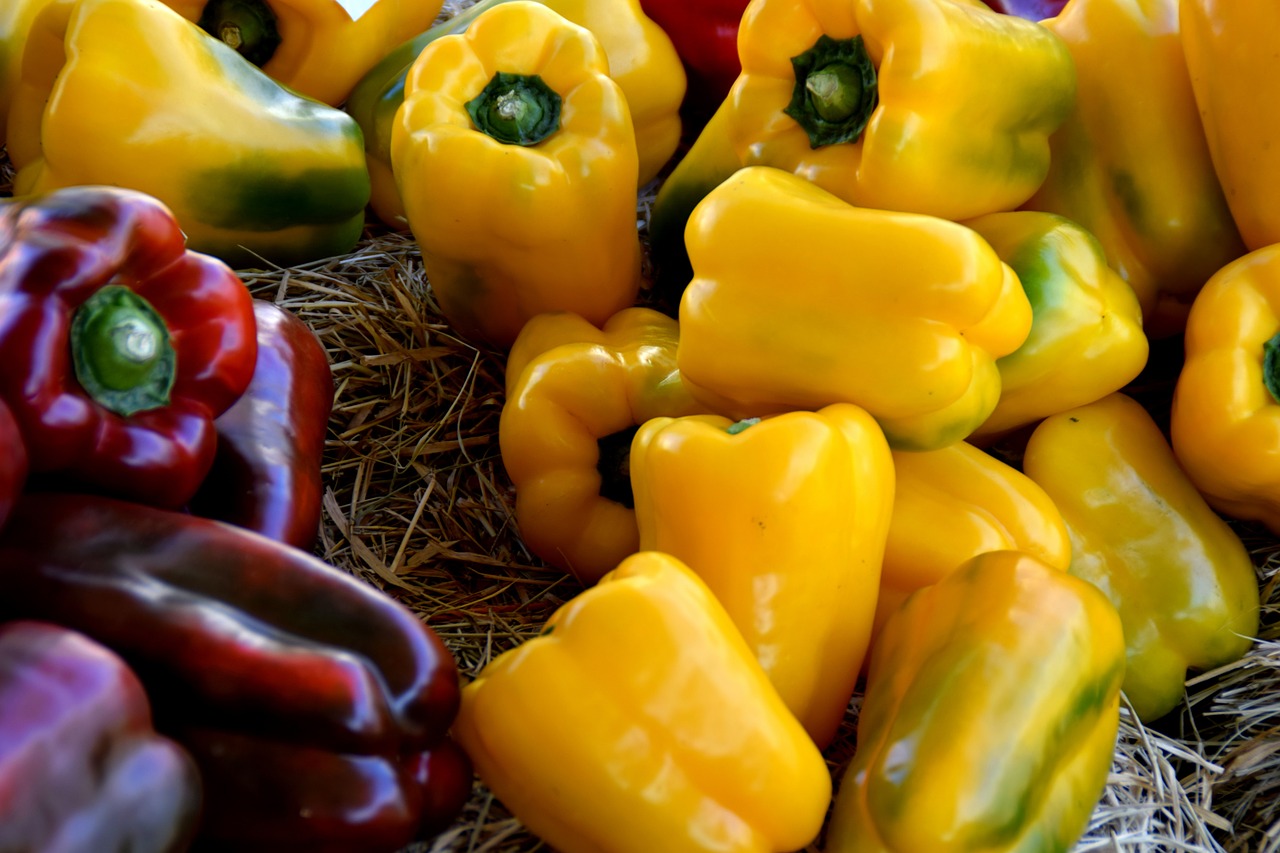
7. Bell Peppers
Residues of 15 pesticides were found on bell peppers, among them neurotoxic neonicotinoids, which harm bee colonies as well as people.

8. Cucumbers
Among the 86 pesticides found on cucumbers were neurotoxins, suspected hormone disruptors, and probable carcinogens. Of particular concern is carbendazim, a fungicide that's considered a probable carcinogen. Carbendazim has been turning up in orange juice and many other food products, prompting FDA consumer health warnings.
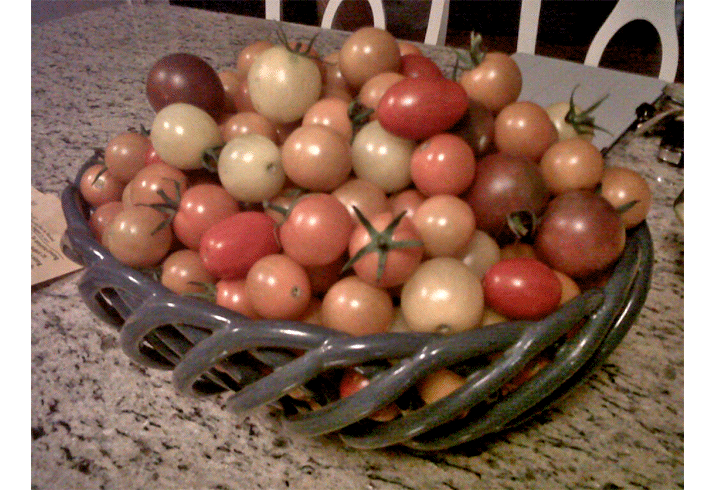
9. Cherry Tomatoes
The many pesticides and fungicides used to keep tomatoes disease-free include insecticides known as endosulfins, which can pose a danger to the central nervous system.

10. Kale, Collards, and Other Leafy Greens
While the amount of pesticide detected on these greens was not as worrisome as on other produce, the types of pesticides detected were. According to tests by USDA, three insecticides banned from use on most crops—acephate, chlorpyrifos, and oxamyl—were found on kale, collards, and other greens (and on hot peppers), earning them the EWG's Dirty Dozen Plus rating.

